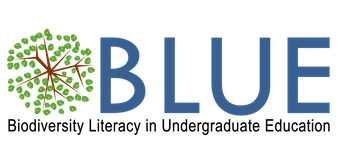Liberating Data for Biodiversity Research
Author(s): Libby Ellwood1, Austin Mast2
1. iDigBio 2. Florida State University
1707 total view(s), 587 download(s)
Description
The world's 3 billion biodiversity research specimens—bugs on pins, fish in jars, plants on sheets, fossils in trays, etc.—document the what, when, and where of the perhaps 9 million species on Earth. Each is a time capsule, a window to the morphological and genomic diversity for a species at a location at a particular moment in time stretching back several centuries for extant organisms and hundreds of millions of years for fossil organisms. By aggregating data from these specimens we bring into sharper focus historical changes to life on Earth with which to better predict future change. The objectives of this exercise are to familiarize you with the information content of biodiversity specimens and their labels, the breadth of that information across geographic space and/or time, a useful resource for finding biodiversity specimen information, and the value of citizen science contributions. Upon completion of this exercise, students will be able to: interpret biodiversity specimen labels, differentiate among categories of label information, relate information on individual specimen labels to information collected by the nationwide community, and construct an aggregate picture of the temporal and spatial extents of specimens based on label data.
Cite this work
Researchers should cite this work as follows:
- Ellwood, L., Mast, A. (2019). Liberating Data for Biodiversity Research. Biodiversity Literacy in Undergraduate Education, QUBES Educational Resources. doi:10.25334/Q4HB26
